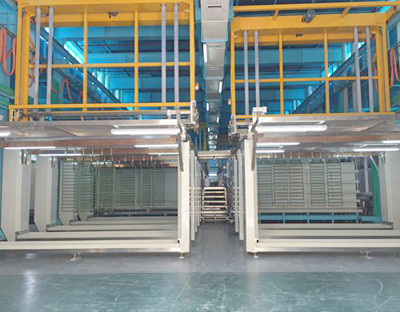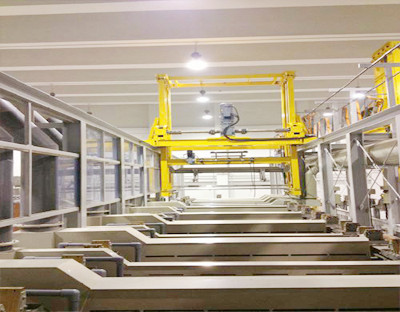The workpieces entering the electroplating workshop will inevitably adhere to a layer of oil stain due to various processing and treatment. Therefore, before electroplating or anodizing and phosphating, in order to ensure the firm combination between the coating and the substrate, the smooth progress of anodizing and phosphating and the quality of conversion film, the oil stain on the part surface must be removed.
Under the standard of electrolytic method of electroplating equipment, electrochemistry not only saponifies and emulsifies the finished oil, but also has electrochemical effect. Polarization reduces the surface tension between oil and aqueous solution, improves the lubricity of aqueous solution on the surface of workpiece, reduces the adhesion between floating oil and metal materials, and makes the oil easy to separate, disperse and emulsify in aqueous solution. During electrochemical oil removal, whether the product is anodized or negative, there are many vapors in appearance. The repair reflection of the surface layer when the parts are negative (negative deoiling), the redox reaction of the surface layer when the parts of radon are anodic oxidation (anodic oxidation deoiling), and the analysis of CO2. The CO2 or radon released from metal materials and aqueous solution in the whole process of electrolysis is emulsified in aqueous solution. Because bubbles are easily absorbed on the surface of the oil slick, with the increase and improvement of bubbles, the bubbles break the oil slick into small droplets and send them to the liquid level. In addition, stir the aqueous solution to speed up the removal of oil stains on the surface of parts.
Oil stains are also called degreasing and unoil. Before the electroplating process, the electroplating equipment manufacturer must eliminate the oil stains on the surface of the parts, which will endanger the quality of the electroplating process. The vegetable oil on the surface of the workpiece is mainly a variety of nitrogen and oxygen compounds, some of which do not react with alkali and do not saponify, so it is called unsaponifiable oil. The removal of this kind of oil is only completed according to emulsification or melting; Other oils are saponified with alkali and are called saponified oil. Such oils can be removed by saponification, emulsification and melting. Common degreasing methods include physical mechanical equipment degreasing, organic solution degreasing, organic chemical degreasing, electrochemical degreasing and composition.
As anode oxidation or negative electrode, electrochemical degreasing is carried out in alkaline solution. Stainless steel plate, nickel plate, electroplated nickel plate or titanium alloy steel plate shall be selected for secondary power level, and oil stains on the surface of parts shall be removed under the effect of DC power supply. Electrochemical oil removal fluid is similar to alkali organic chemical oil removal fluid, but the key is to improve the actual effect of oil removal by electrolysis. Generally, electrochemical oil removal is more reasonable, faster and complete than organic chemical oil removal.




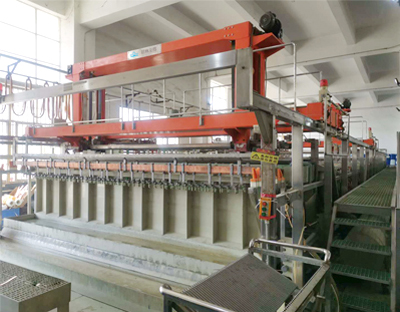
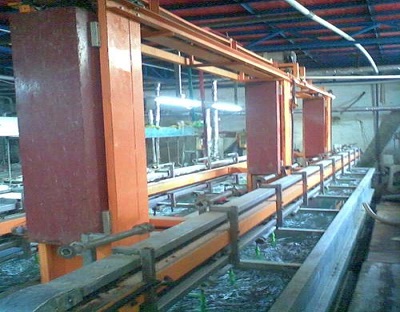
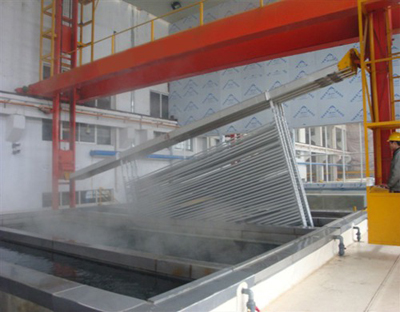
 Jul. 17, 2020
Jul. 17, 2020 